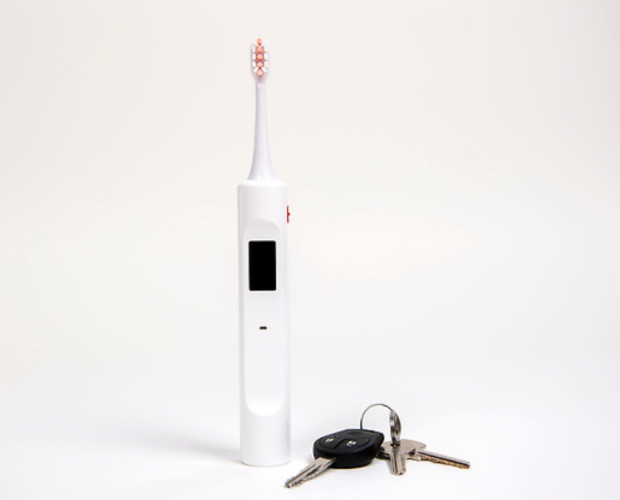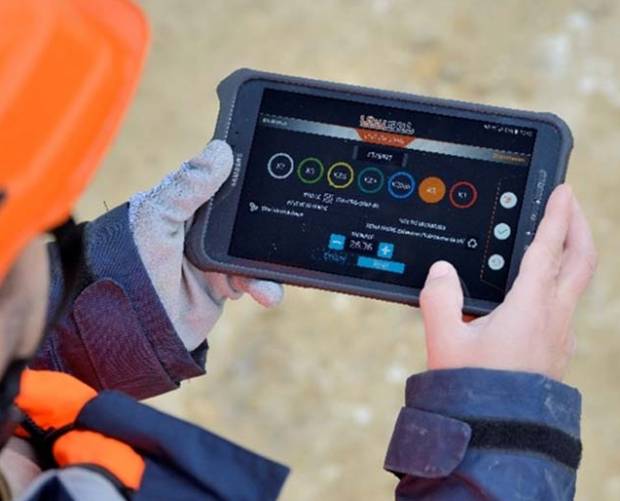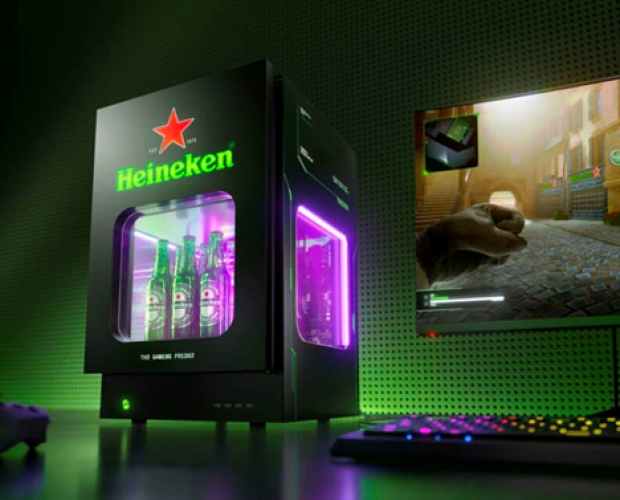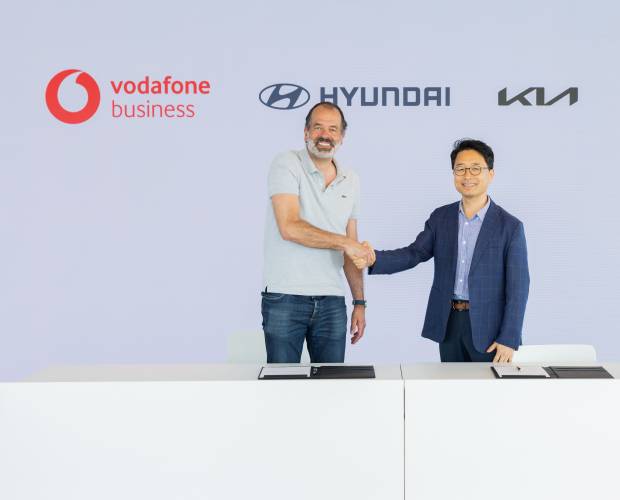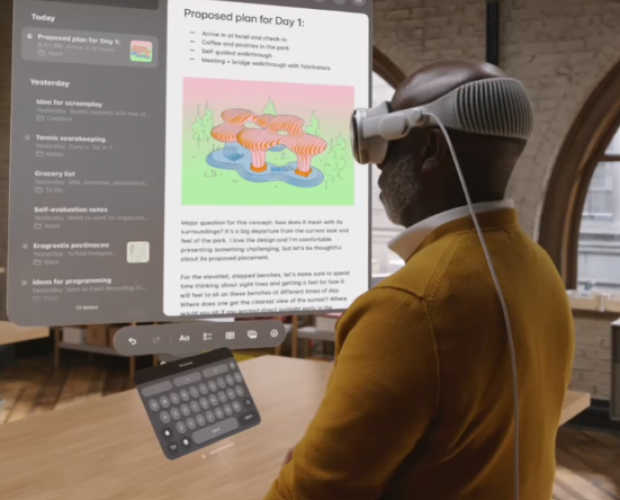CES Highlights: Day Zero
- Tuesday, January 6th, 2015
- Share this article:
CES 2015 still hasnt officially begun, but theres been plenty of news and announcements coming from the three show floors in Las Vegas.
 Google
Google
Google is planning on expanding the capabilities of its Chromecast dongle, which aims to transform your living room into an entertainment system powered by your phone, tablet or computer.
Originally designed to enable streamed video content to be cast onto a television using the dongle, the Google Cast technology will now work with audio-only devices, including speakers and soundbars. Google is partnering with various hardware manufacturers, including Sony, LG and Denon, to produce speakers, soundbars and A/V receivers with the Google Cast tech integrated.
While this may sound similar to Apples aborted AirPlay speaker system, the key difference is that Google Cast devices will pull content from the cloud, rather than using your phone or tablet as the direct source, resulting in better quality audio and video.
Google continued their push into the entertainment space, with Sony announcing that all future Bravia Smart TVs will run Android TV as their software platform, making them compatible with the Google Cast technology and providing Google with a considerable foothold in the smart TV platform market.
 Connected Cars
Connected Cars
Volkswagen and Mercedes-Benz were among the automotive companies demonstrating their newest innovations in connectivity on Monday.
VW debuted the prototype of its Golf R Touch with an all-touchscreen user interface that integrated gesture controls. The models central panel featured a 12.8-inch main screen which controlled the infotainment functions, with a smaller 8-inch screen underneath for climate control and similar functions. Meanwhile, the dashboard has been replaced with a 12.3-inch widescreen display, replacing the traditional cluster of instruments.
All of the cars traditional buttons have been replaced with capacitive buttons, and the screens include a motion sensor that enables you to control the cars features without even touching the screen.
Mercedes-Benz keynote address introduced its F015 Luxury in Motion concept car, a self-driving car where the interior seats can be swiveled to face each other as the car takes you to your destination, and control can be given to any seat if manual driving is needed.
The F015 includes a wide range of sensors and radar to detect other vehicles and nearby motion, and integrated LEDs indicate whether it is in self-drive or manual mode, and project a light path for pedestrians, letting them know its safe to cross in front of the vehicle.
Touchscreens are embedded into the door panels as well as the dashboard, enabling passengers to set window privacy and control interior settings like music and temperature.
While the car is a concept model, unlikely to ever make it onto the road, it did offer a glimpse into what manufacturers are considering as future developments, and where the connected car is headed.
 Smartwatches
Smartwatches
Garmin has combined its core GPS navigation business with its recently launched wearables arm to create the Epix smartwatch, placing detailed on-screen maps and GPS guidance on the wrist of ramblers, adventurers and explorers.
With a 16-week battery life, built-in altimeter, barometer, compass and temperature sensor, and a 1-year subscription to BirdsEye, a satellite imagery service which supplies more detailed maps than Google for isolated regions, the company is clearly aiming at the extreme sports and wilderness exploration markets.
Meanwhile, Sony expanded its SmartWear range, introducing the SmartWatch 3, a stainless steel Android-based watch with 1.6-inch LCD display, with built-in music playback and GPS sensor.
Developers including Golfshot and iFit are also creating Android Wear experiences that will work on the watch without the need for a smartphone, while Sony also announced a collaboration with Virgin Atlantic to explore SmartWear initiatives together and develop solutions using its products for Virgin Atlantic staff and customers.
“Our approach to smart, wearable technology is based on the fundamentals of building depth and variety in user experiences, and providing choice with beautiful, functional products,” said Kaz Tajima, senior vice president and head of UX creative design and planning at Sony Mobile Communications.







